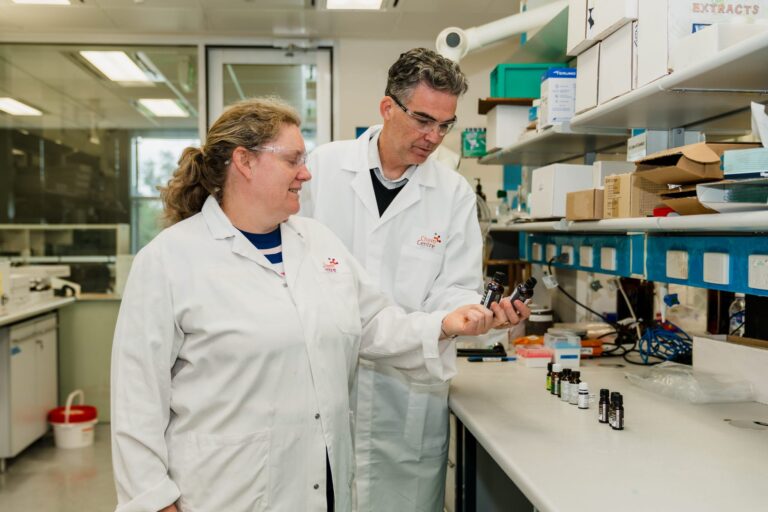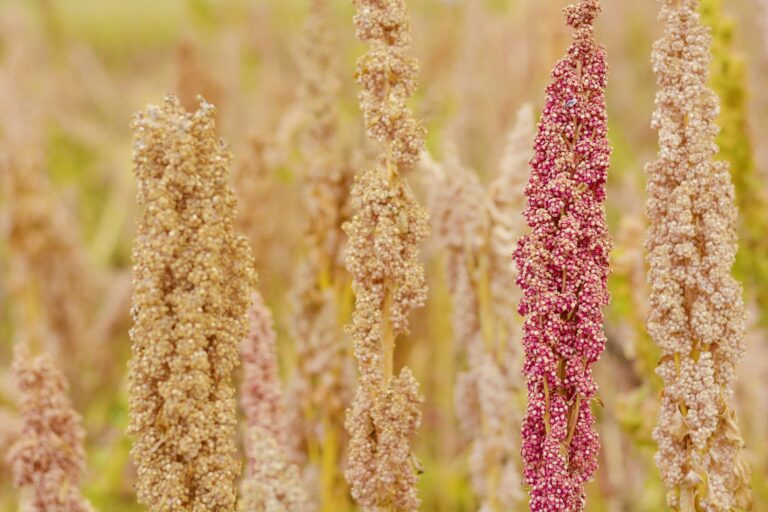Benchmarking oaten hay yield and quality in South Australia and Victoria
The Australian export fodder industry is well established, having supplied fodder to countries across the world for some 30 years. About 38,000 properties are involved...

Resources to help teachers and advisors encourage young people to consider a career in agriculture.
Find out more
Benchmarking oaten hay yield and quality in South Australia and Victoria
The Australian export fodder industry is well established, having supplied fodder to countries across the world for some 30 years. About 38,000 properties are involved...
Uncovering and minimising the impacts of global logistics disruption: March 2024
The ‘Uncovering and minimising the impacts of global logistics disruption’ project aims to help agricultural export supply chain stakeholders minimise the impacts of logistics disruptions...Benchmarking current agronomic practices for export oaten hay in South Australia and Victoria
A survey of producers, exporters and advisers within the South Australian and Victorian export oaten hay industry was conducted to benchmark current agronomic practices and...The latest report from the Community Trust in Rural Industries program is now live.
Find out moreNew research investigates the terroir of Australian grown coffee.
Find out moreFarmers interested in growing the high value rotation crops are invited to inspect the Katherine and Kununurra trial sites this June.
Register nowA $2 million commitment fuelling 15 pioneering research projects.
Read moreListen to the latest AgriFutures On Air podcast episodes.
Listen now
This event brings together farmers, agriculture and energy consultants, peak bodies and Government representatives to share stories of on-farm renewables, their business case and discuss what’s driving the transformation of energy use in agriculture.

 Tea Tree Oil
Tea Tree Oil An investigation characterising the components of essential oil distilled from Australian tea tree will underpin the integrity and value proposition of the local product, and pave the way for access to premium international markets.
5 min read

 Emerging Industries
Emerging Industries Known for its ancient origins and impressive nutritional profile, quinoa has not only captured the attention of health-conscious consumers globally, but also that of Australian farmers.
4 min read

 Workforce and Leadership
Workforce and Leadership Devenport-based Mrs Binder established the Farm Work Loop, a first-of-its-kind proactive approach that blends work, travel and community by providing continued employment across diverse farms.
3 min read

 Workforce and Leadership
Workforce and Leadership Ms Egerton, founder and CEO of Circulanation and the Remote OpShop Project, supporting the establishment of opshops in remote First Nations communities, providing access to affordable items, while generating independent funding that supports culturally-focused projects.
3 min read
Our vision is to grow the long-term prosperity of Australian rural industries. Since our inception in 1990, AgriFutures Australia, formerly RIRDC, has grown and developed alongside our 13 levied industries and we’re honoured to continue this important role in supporting the growth and overall success of Australian agriculture.
Learn more about AgriFutures Australia
The University of Sydney
6 October, 2022 - 29 April, 2026

University of the Sunshine Coast
19 September, 2022 - 19 January, 2024

Cross sector
1 January, 2022 - 31 December, 2022
